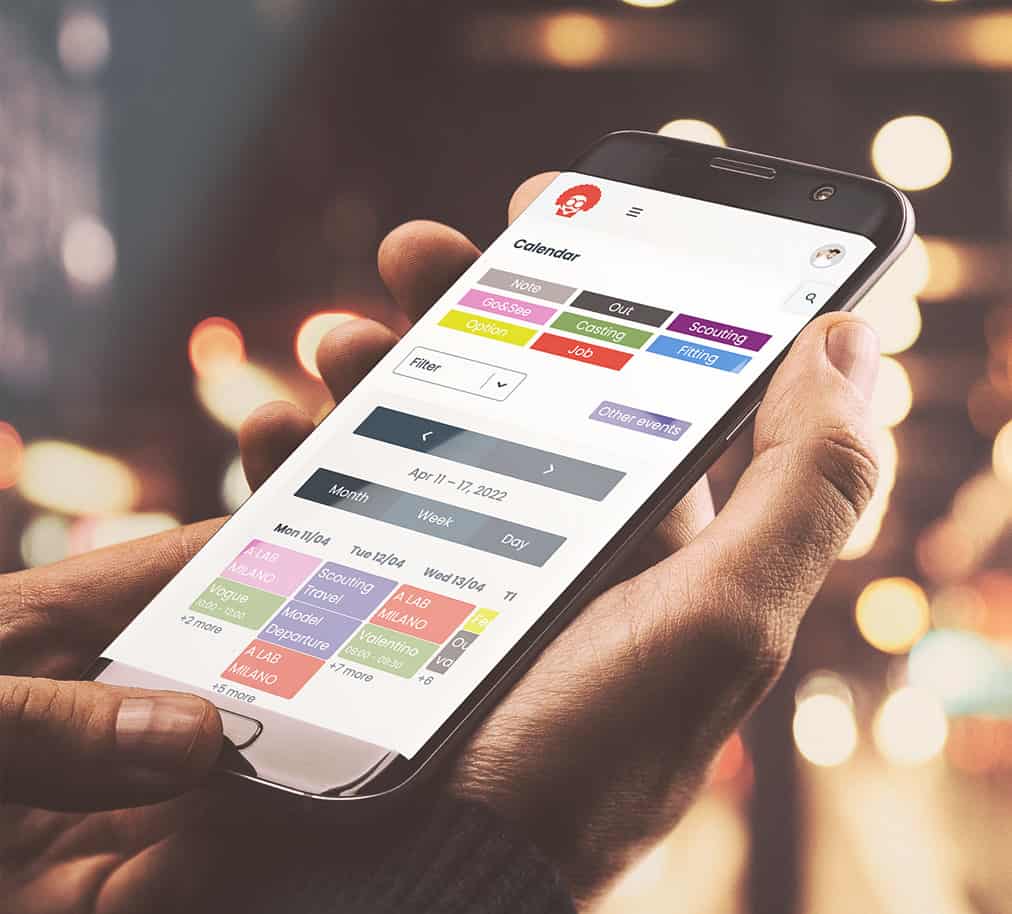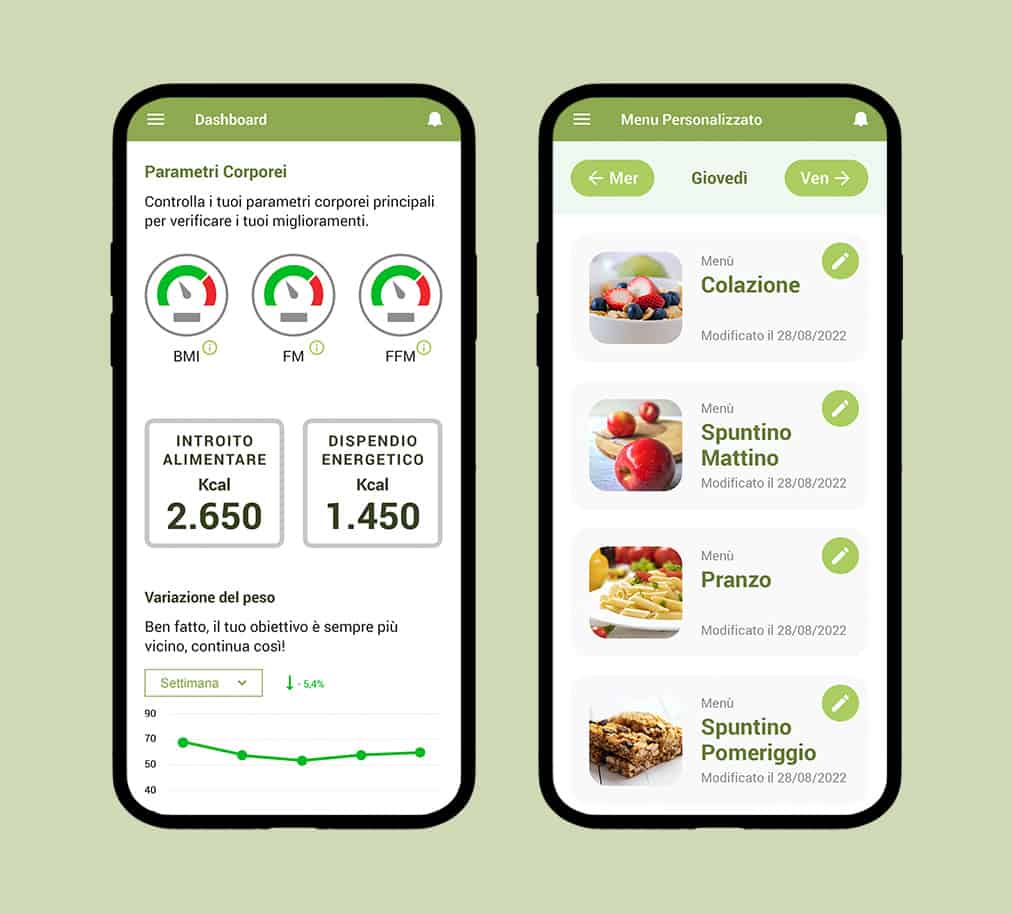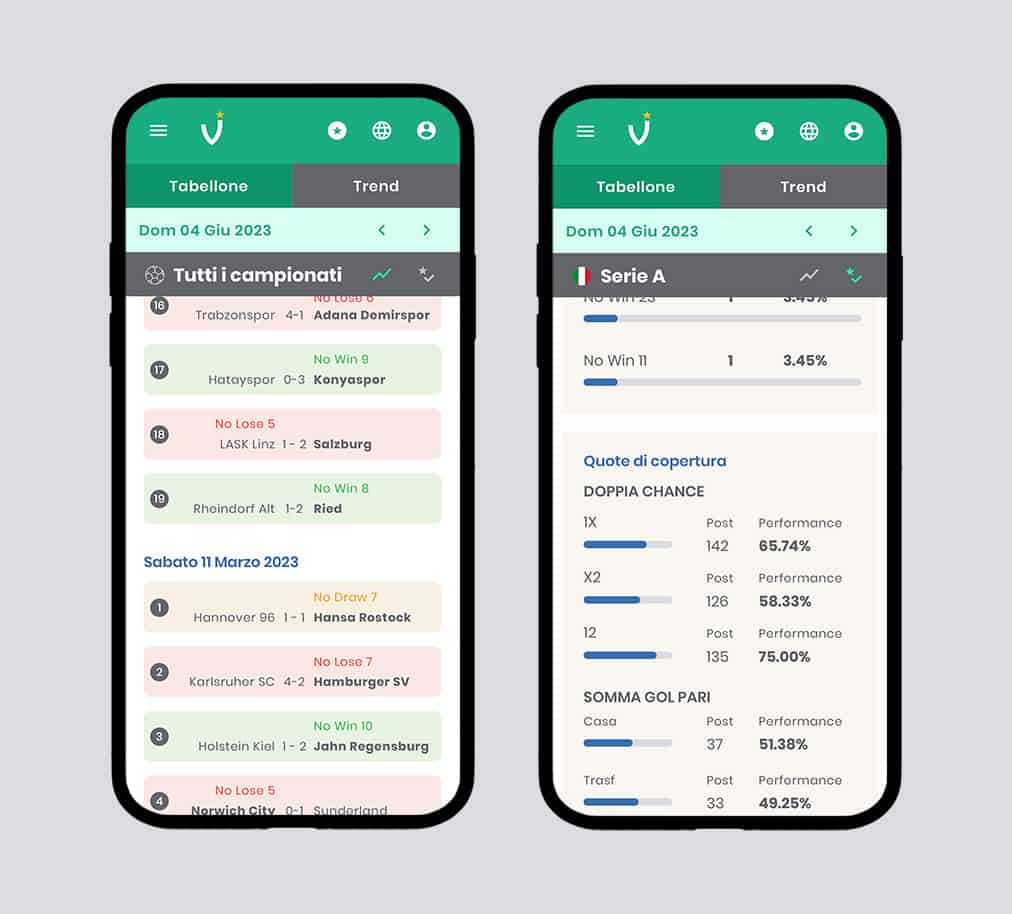Client
Industry
Tool
Link
Internal project
Betting
Figma, Figma Jam, Adobe Illustrator
Development in progress
From research to a user-centered solution, the UX-UI design process of Natural Predictions, a web app for football tips.

Introduction
Natural Predictions aims to provide a model of in-depth soccer statistics to achieve truly responsible, enjoyable, and satisfying betting. Natural Predictions is not a bookmaker, but it presents similar UX-UI complexities due to the extensive variety and quantity of data to be displayed for pre-match, live, and post-match events.
Specifically, as the project offers a model that differs from the classic approach to betting and many conventional soccer statistics websites and competitors, the most significant challenge lies in making users understand how to utilize the platform’s features, data, and analyses. Natural Predictions was an online web app available for free with registration (to verify legal age) from August 2019 to December 2020.
Subsequently, with the second version and the integration of sports data, it began offering two non-recurring subscription options through Paypal: monthly and seasonal.
The goal is to implement a new version, also renovated in the technology used to improve performance, to offer more features and useful data for analysis, expand the user base with some aspects of “classic” betting, and provide a more comprehensible, enjoyable, and effective overall experience.
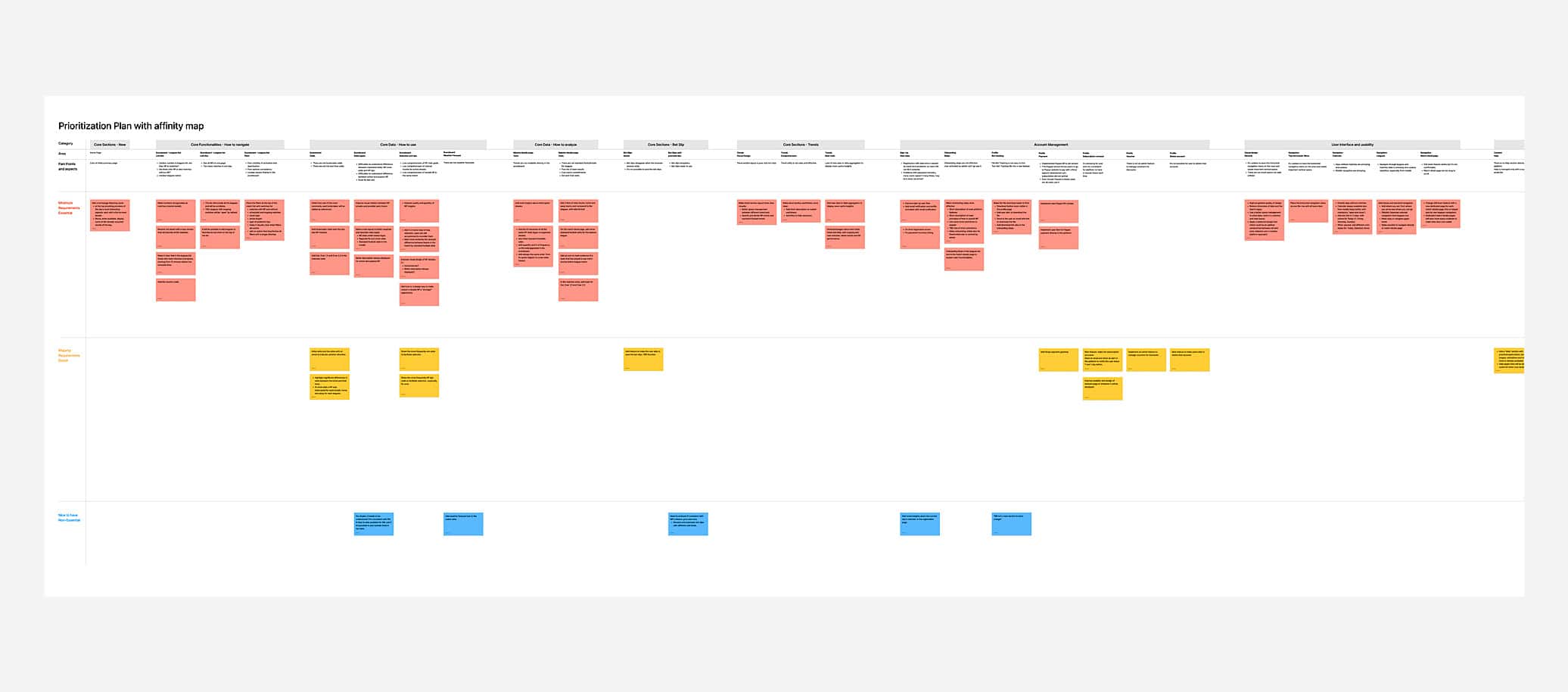
Quantitative Analysis
- Analysis of registration and subscription data for all seasons.
- Analysis of traffic using Google Analytics and Google Search Console, particularly focusing on users, operating systems, browsers, device types and resolutions, conversions, and other custom events created with Google Tag Manager.
- An overview of data from Hotjar and Microsoft Clarity.
- Demographic analysis of registered and subscribed users to identify age groups. Geographically, despite the platform’s availability in english, the user base is almost entirely italian. Therefore, I examined the data divided by each region and city in Italy.
- Analysis of competitors with primary aspects: services, features, social presence, pricing.
Qualitative Analysis
- I collected and analyzed feedback received from all available channels: emails from the website, blog, and platform, Trustpilot reviews, reviews from the book-manual published in both italian and english on Amazon, direct messages, and comments on social media.
- I chose to use user interviews and selected some users with different characteristics.
- I prepared texts to introduce the purpose, methods, and personalized invitation emails for participants, along with my primary objectives.
- I rewarded each participant with a free seasonal subscription and agreed to a second call to share the high-definition prototype.
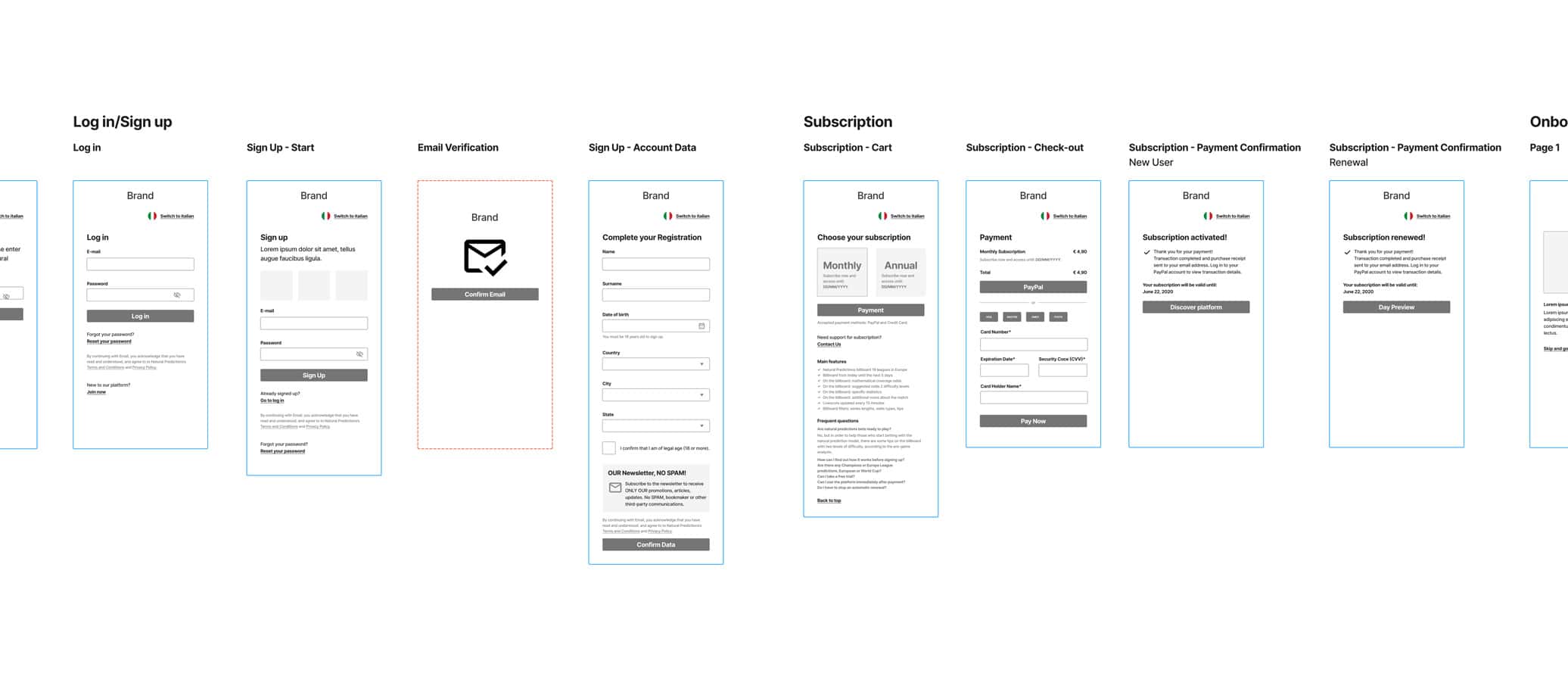
Definition
- I initially defined hypotheses for four user persona profiles and their related user stories.
- I conducted four user interviews remotely through video calls with screen sharing. The interviews were carried out with pleasant empathy and a high level of interest, yielding numerous valuable insights and observations.
- I updated the user persona and user story with a greater amount of real data: name, age, location, personality, profession, technology, preferred device, family status, income. Regarding betting, I included interests, goals, and challenges.
- I defined the primary How Might We (HMW) Statements.
- From the user interviews, I collected all the critical pain points, objectives, and desires and organized them into an affinity map created with Figma Jam, divided into primary and subcategories in three stages for development planning: essential, primary, and non-essential requirements.
- I added aspects from the interviewed users, my perspective as a betting analyst (and user) for the platform, and those of the front-end developer of the project, who is also a project partner.
- I created information architecture for the current version with Figma Jam and, based on the gathered and organized information, designed the one for the next release with a journey map and user flow.
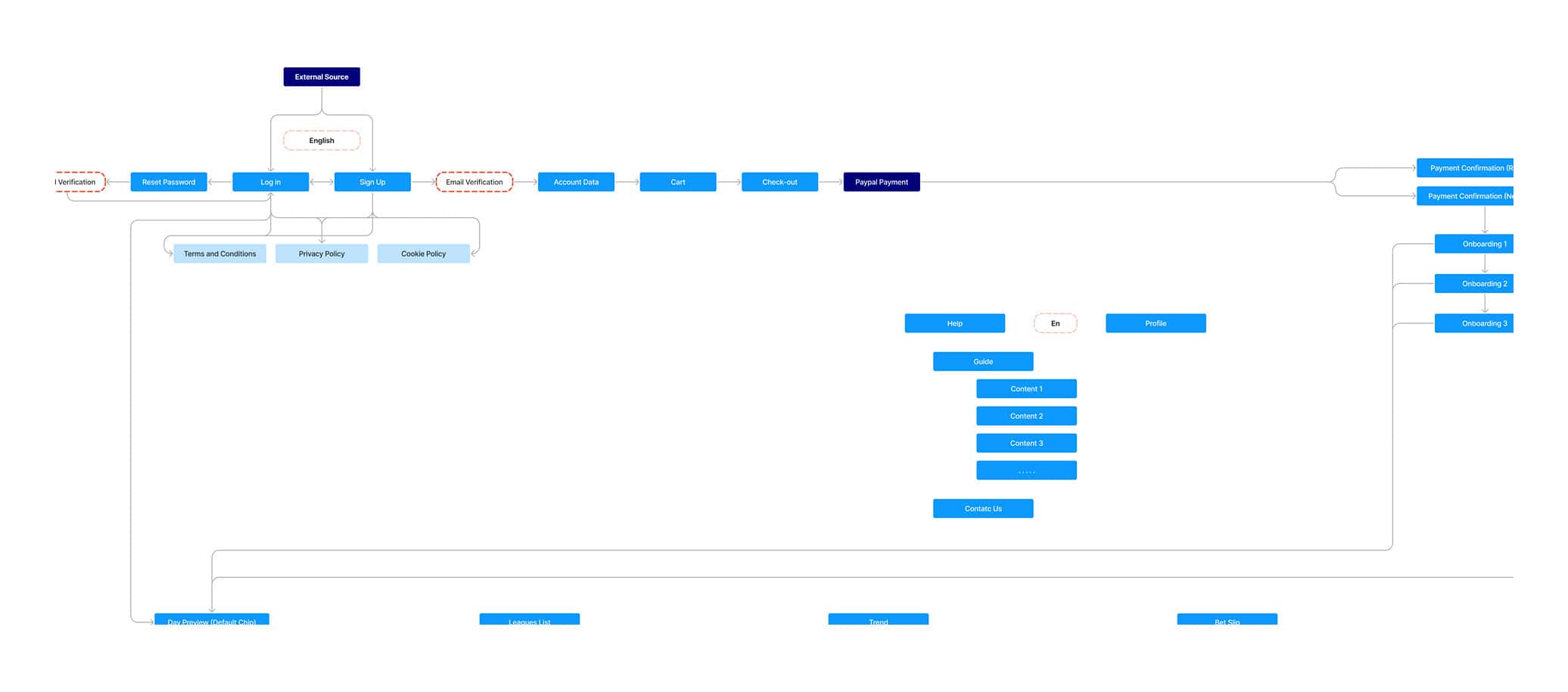
Prototyping
- After some brainstorming with the partner and a series of hypotheses and sketches, I created a low-fidelity prototype with a mobile user flow to address the most critical issues regarding understanding and core usage of the platform.
- After an initial check with the front-end and back-end developers, I started working on a medium-fidelity prototype, which I shared for further validation. This comparison was very useful for focusing and aligning on the main development aspects.
- Currently, I’m in the process of creating a high-fidelity prototype using Figma, taking into consideration what users have learned and the expectations they’ve developed during two years of usage.
This enables me to maintain consistency with their past experiences and ensure that the new changes are intuitive and in line with expectations. In addition to this, I will recheck that the usability heuristics are met. - Specifically, regarding the Figma prototype, I defined the initial part of the design system (color palette, font, iconography, grids, etc.) and the general look and feel. I created sets of core components with auto-layout, text properties, and variables to expedite the creation of upcoming interfaces.
- I added some interaction and navigation steps and maintained constant collaboration with my partner.
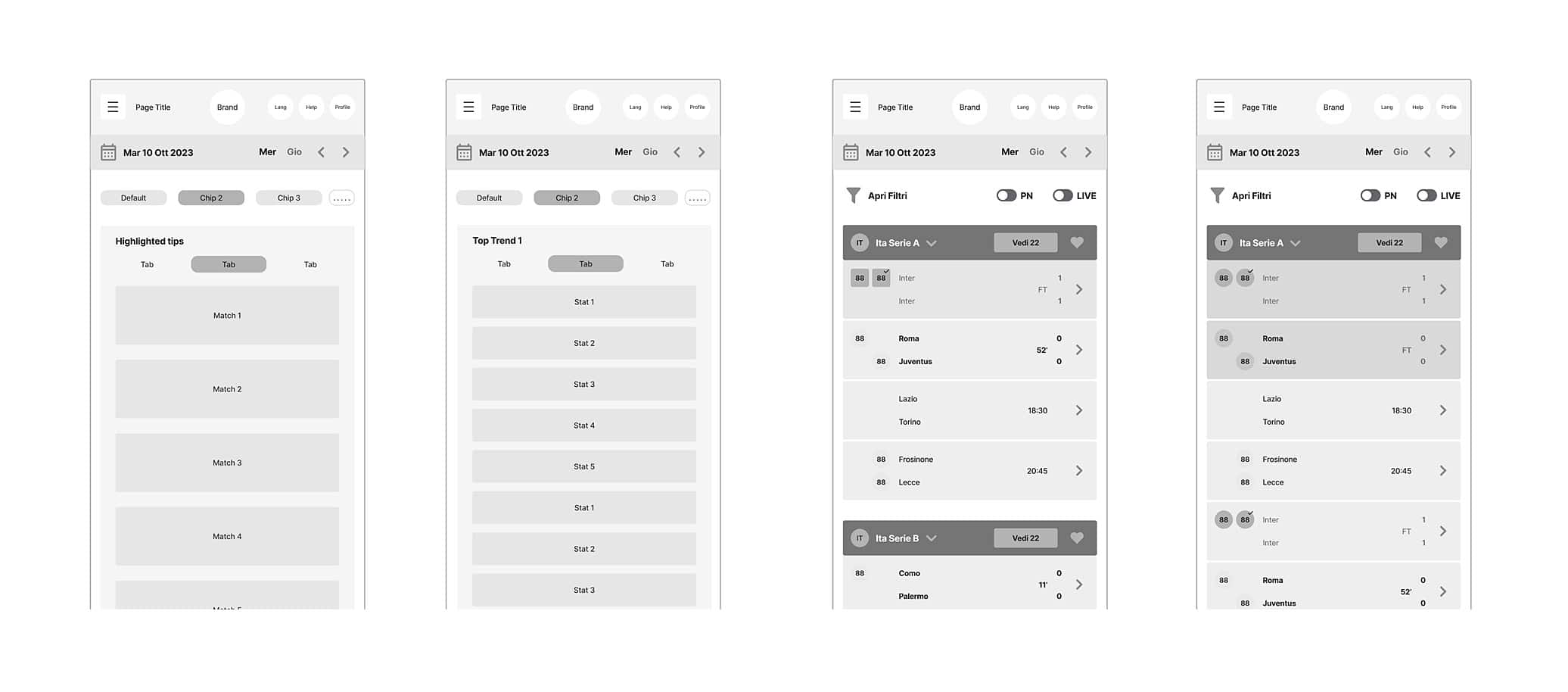
Next Steps
In the next steps, I will complete the high-fidelity prototype, both for mobile and desktop, with all planned features, related interactions, and examples of interfaces with realistic data for next testing.
Subsequently, I will share the prototype during the second available user interview call (the reason I couldn’t do so with the low/medium-fidelity prototype). During this call, I will observe their usage and listen to feedback and impressions to identify changes and improvements.
Once the changes have been made, I will proceed to provide the assets and support the front-end and back-end developers during the development phase to ensure that styles, interactions, and user experience are faithfully adhered to as per the prototype.
After the go-live of the new version of the platform, I will continue with analysis and iteration to assess the progress of various KPIs and promptly address any new critical aspects and objectives.
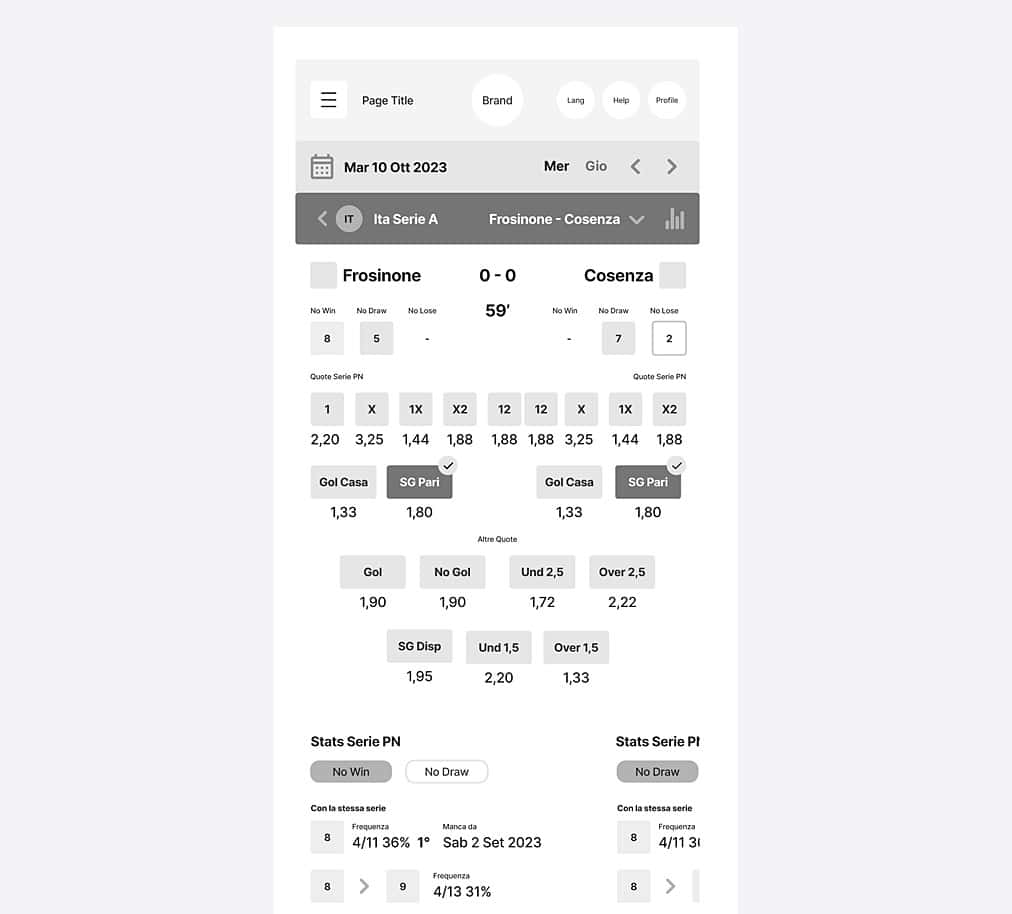
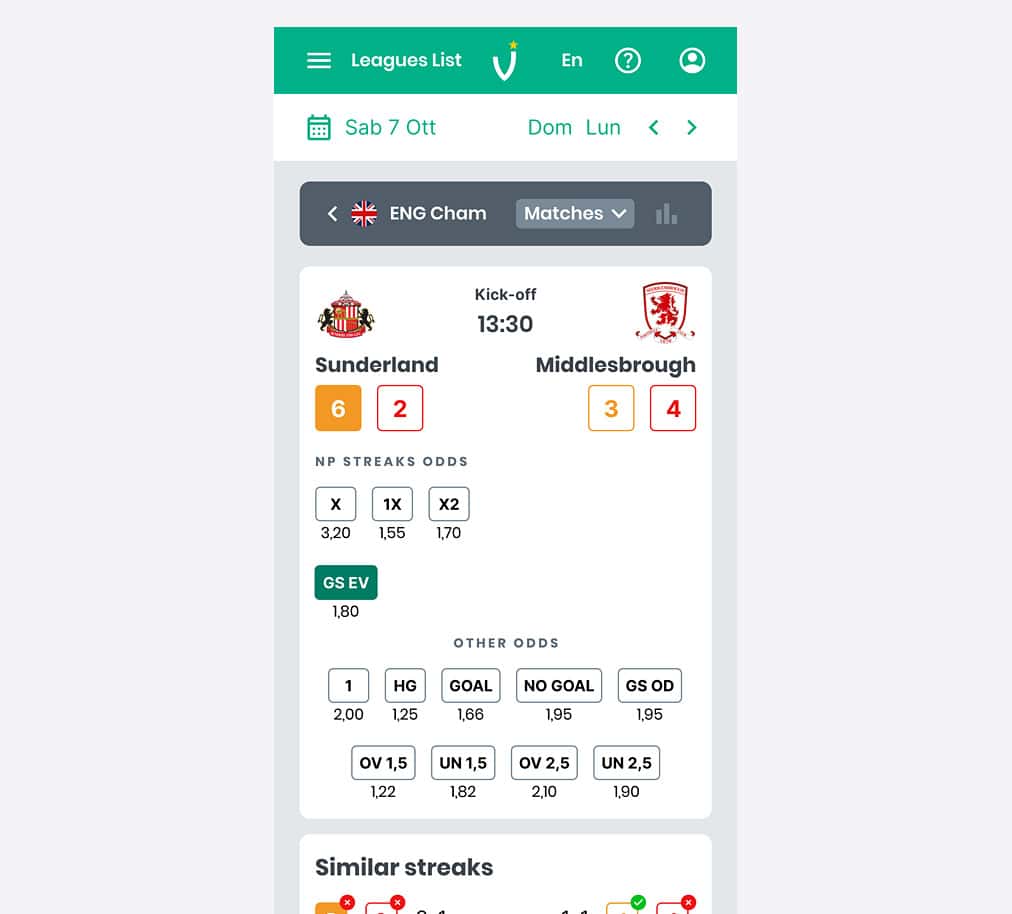
Let’s discuss your needs and create something amazing together. Reach out to me today.
